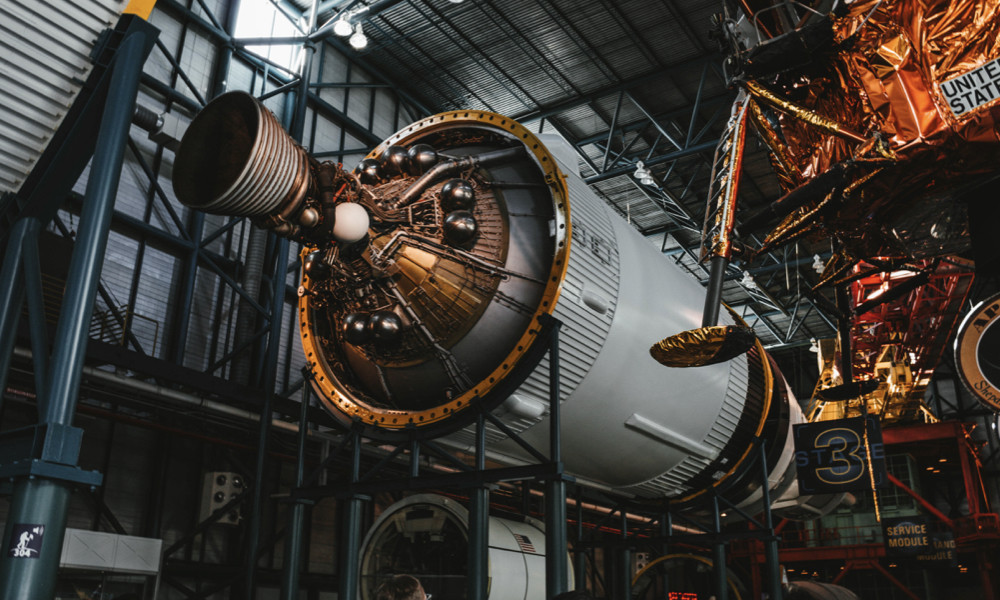
ESA Open Invitation to Tender: 1-11073
Open Date: 22/11/2021 14:14 CEST
Closing Date: 10/01/2022 13:00 CEST
Due to the increased international adoption of space debris mitigation requirements, there is an increasing volume and number of spacecraft and launch vehicle upper stage returning in the Earth atmosphere and undergoing a destructive re-entry process. To assure the safety of persons and integrity of infrastructure on-ground and in the airspace, strict design and operational requirements are in place to limit the risks associated with destructive re-entry processes. However, the multi-disciplinary physics as a whole that governs these processes is poorly understood with only parts of the involved physics reproducible in small-scale ground-tests and flight prediction based on numerical extrapolation. In the last years, scientific developments and system assessments have identified the knowledge gaps that can only be overcome by a flight experiment for the destructive re-entry field, cumulating in July 2021 in an ESA internal Concurrent Design Facility (CDF) study specifying mission and system level requirements. The aim of DRACO is to design a satellite with components representative for large scale systems and to be instrumented to record in-situ the break-up sequence and ablation processes during a destructive re-entry. The data collected needs to reach the level of depth required to demonstrate and validate methods to bridge from ground experiment to flight. This would enable a better understanding of the physical processes acting on a large scale structure, achieved by following pieces from final orbit down to the lowest possible altitude by means of sensors on the satellite to understand how the environmental conditions are evolving and to observe how and when equipment fails. The objective of the activity is to perform a phase A feasibility study, followed by a phase B1 mission implementation concept of the DRACO mission. It aims at reaching a preliminary design of the space and ground segment. An MBSE approach shall be applied to the design work through the different phases. The study therefore includes the following main goals: The technical definition of the spacecraft, including: design, modelling, concept of operations, and providing full justification of this definition; The preliminary design of the spacecraft parts to be instrumented to enable an early Engineering Model (EM) programme, including suitable integrationschemes and taking into account the parallel instrument activities;Contribution to the preliminary definition of interfaces to the instruments developed under the Space Safety Programme, to the ground segment, and the launcher;The consolidation of the spacecraft requirements and their decomposition down to the subsystem level product tree; The preliminary identification of potential subcontractors in the implementation phase for the space segment development; The identification and consolidation of critical technology, if any, to secure the launch slot; The preliminary System Engineering Plan, and the elaboration of a baseline spacecraft development schedule, including payload constraints; The programmatic assessments, including risk analysis and industrial costs for the baseline and potential options.
Directorate: Directorate of Tech, Eng. Quality
Estabilishment: ESTEC
ECOS Required: No
Classified: No
Price Range: 200-500 KEURO
Authorised Contact Person: Gian Lorenzo Casini
Initiating Service: TEC-SF
IP Measure: N/A
Prog. Reference: E/0600-05 – Preparation Element
Tender Type: Open Competition
Open To Tenderers From: AT+BE+CA+CH+CZ+DE+DK+EE+EL+ES+FI+FR+GB+HU+IE+IT+LT+LU+LV+NL+NO+PL+PT+RO+SE+SI
Technology Keywords: 8-A-I-Specification Methods and Tools / 8-C-I-Design and Simulation / 11-B-III-Reentry Risks
Products Keywords: 4-A-4-Other
If you wish to access the documents related to the Invitation to Tender, you have to log in to the ESA Portal.
